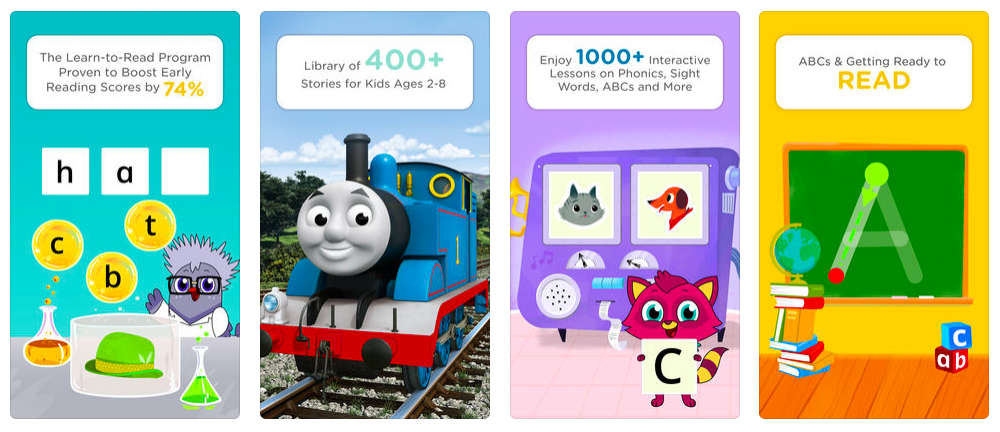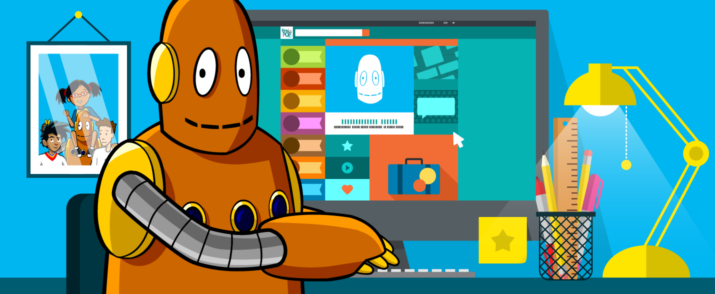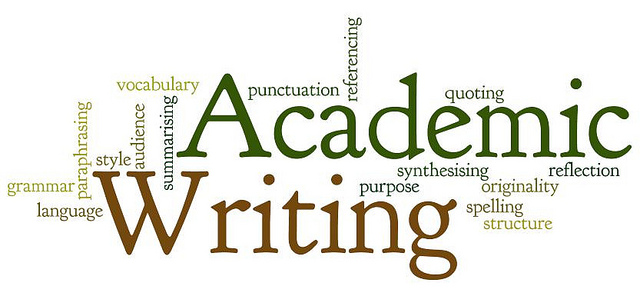QuickMath
QuickMath is a great tool for students in Grades 1-6 to build fluency with their addition, subtraction, multiplication, and division math facts. With three different levels for each operation, and the ability to track progress after each round of play, this app is an excellent alternative to standard flash cards. Plus, students love that they can write their answer directly on the screen! There are also more wonderful apps in the QuickMath family, including QuickMath Jr. for students in K - 2, and QuickMath Fractions for students in Grades 3-6.
Math Playground
Math Playground is an incredible site with a wealth of math games, logic puzzles and a variety of
problem solving activities. It is a great resource for arcade style math games, digital manipulatives for illustrating mathematical concepts and operations, and even coding practice. With over 500 different activities to choose from, it will be hard for any child to complain about being “bored” with the games.
Epic!
Epic! is a digital library for children offering over 25,000 high-quality ebooks, audiobooks, learning videos, and quizzes for kids 12 and under. This app’s award-winning service includes a wide variety of high-quality books and learning videos from leading publishers like Scholastic, National Geographic, HarperCollins, Macmillan, Smithsonian and many more. The Epic! library contains everything from picture books to chapter books, early readers, audiobooks, graphic novels, non-fiction titles, educational books, videos and more, and it even offers books in Spanish and Chinese.
Homer
Homer is an incredible literacy app for children age 2-8. With thousands of lessons and activities that target the development of phonics skills, sight word knowledge, the ABCs and more, this app is a great way to build confidence with the earliest of reading skills. In addition, the app also includes tons of digital books and interactive stories to promote independent reading from a young age. Homer Reading has been proven to increase early reading scores by 74% with just 15 minutes a day. And with stories and activities customized to each child’s interests, they’ll learn while having fun.
BrainPop Jr.
BrainPop Jr. will help kids as young as 5 learn something about any topic they can dream of in a developmentally appropriate way. Ideal for kids in Kindergarten through grade 3, BrainPOP Jr. spans topics across Science, Social Studies, Reading, Writing, Math, Health, Arts, and Technology. The gentle, humorous, and relatable characters Annie and Moby serve as guides through each topic, empowering kids to form their own ideas. BrainPOP Jr. is designed to cultivate critical thinking skills and encourage children to ask questions and make connections.














